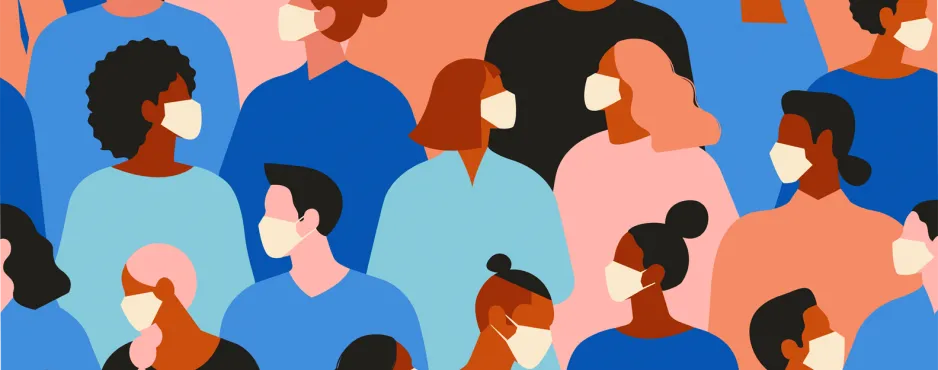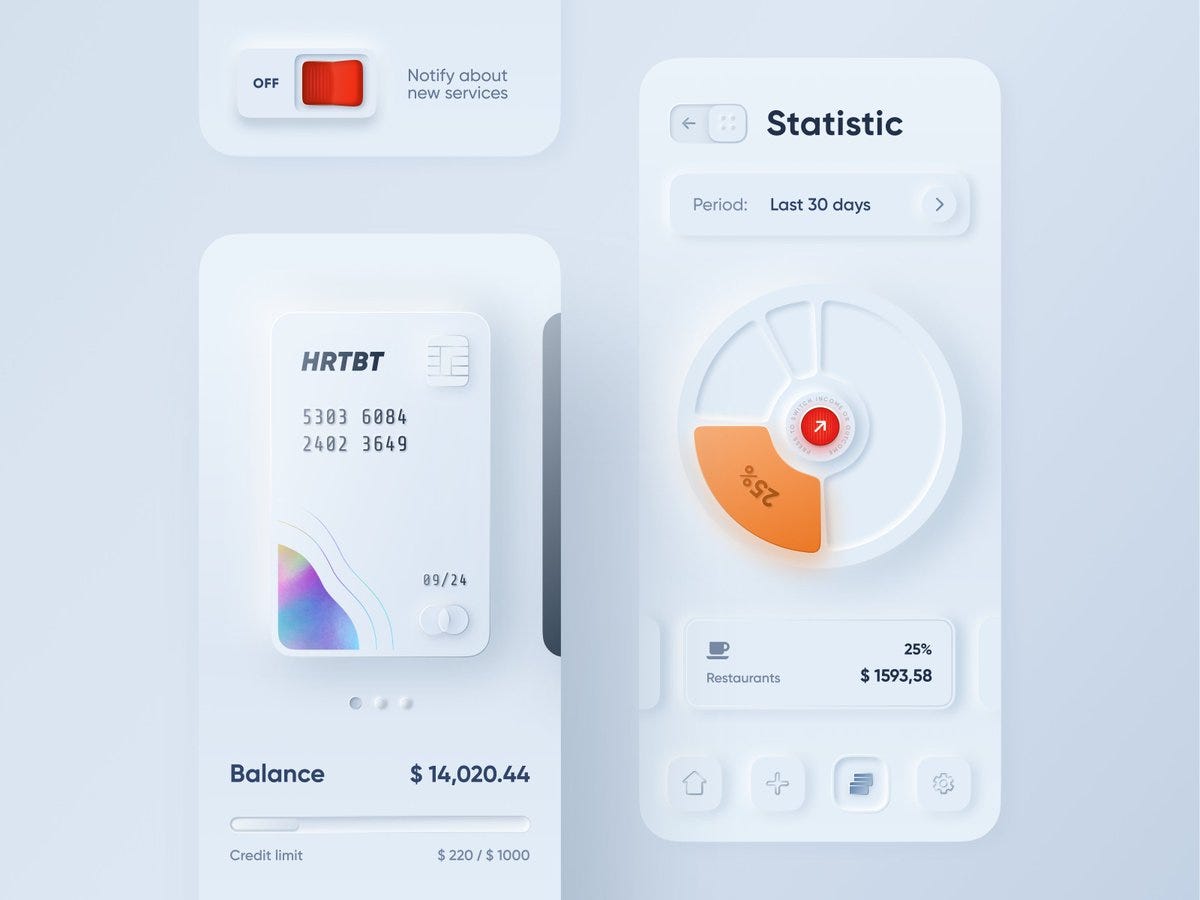2021 UI / UX Trends and Effects of the Pandemic on User Experience

2021 will be a year in which we focus more on the user problems we need to solve.
The pandemic has changed user needs a lot. Product owners experienced unprioritized user experience errors, pain points of user needs more during the pandemic period, and were faced with newly developing user needs.
If post-pandemic research confirms this assumption, services such as e-commerce, logistics, online booking and online financial will need to question user needs again in 2021.
Regardless of the size of companies in sectors whose potential has increased due to the pandemic, they will need to grow, meet the changing needs of existing users, transform work culture, automate important areas, and offer more useful, smarter and faster user experience (UX).
Experience designers and digital product teams in 2021
From conference calling to banking to appointment booking, online services are more popular than ever. Therefore, in 2021, user experience and product designers; They have great potential to improve the experience for existing and new users and to meet emerging user needs.
In 2021, product teams will apply the Design Sprint Method more to meet this potential.
Product design teams use the Design Sprint methodology because it allows to accelerate and simplify the design process of the product strategy or any new business idea, offers a fast-paced approach to product design, and gives the opportunity to make the most of available resources such as time, budget or team. will apply it more.
Teams working remotely in 2021
As designers, we have strong experience when it comes to non-physical contact in the digital universe. For most of us, using online tools remotely is a familiar experience. Working remotely, online meetings, remote workshops, cloud and collaborative design tools…
The pandemic has strengthened the teams of digital products. Businesses will increasingly see how far digital can reach and how effective running a business can be, especially when the world of face-to-face communication is no longer possible.
New users in 2021
With the pandemic, we see a new wave of users switching from physical services to a digital solution.
During the pandemic period, parents had to use online conferencing applications for their children’s education from mobile or desktop platforms.
Teachers had to use digital education tools such as (miro, canva, mural, worklivesheet, classroom) to teach remotely and to do interactive activities or online exams as a team.
Users over the age of 65 who could not go out had to define user accounts on e-commerce sites for their grocery needs from the computer screen or share important information that is very personal to them, such as credit card information and address information, through the application.
Many users who moved from the world of face-to-face communication to the digital world experienced difficult moments in 2020.
More behavioral research and measurement
Since many users moving from the world of face-to-face communication to the digital world will act with the behavioral impulses they are accustomed to, 2021 will be a year in which we will have to ask ourselves more how to support the user.
In order to understand optimization software by monitoring users’ instinctive behavior, we will focus more on heat maps and users’ behavioral screen recordings, that is, measurement.
The sentence we will say the most is: “We are not users!”
An important detail that all of us, from product owners to product designers, should never forget is that we are not the users of the product we design, the ones who can make quick decisions and play an active role in the digital world.
2021 “We are not users!” It will be a year in which we will say the sentence more often.
More remote user testing
In order to verify the design decisions we make for changing needs and user problems, many of us will conduct more user tests this year, thanks to testing tools that support location-independent and remote user testing.
Personalized interface design and user experience
In a year of decreasing attention spans and emerging user needs, we must move further away from the animated interfaces of dribbble. 2021 will be the year of simplicity, personalized design and experience.
Personalized interface design has a great impact on user experience. With a personalized interface, you can help the user make faster decisions and take faster action.

For example, Netflix keeps data on images where users take quick action and prepares hundreds of thumbnail images for each user. It directs the user to action quickly with a personalized experience.
Onboarding on websites
We will need to handle onboarding screens, which are widely used in mobile applications, in the same way in website applications.
For users who are unsure of how to proceed through the website flow, there should be fast and informative screens at the beginning of their journey that will relieve any frustration.
Voice call
In 2021, the focus will shift from visual to audio. As people get used to talking technology, voice-based search will become important.
This is a detail that is always on our minds in terms of user experience and design, but this year, we will talk about this detail more.
Dark Node

Dark mode entered our lives in 2020, and unexpectedly, many users preferred this mode. Digital products that were caught unprepared immediately solved the interface errors experienced by users using the dark mode option, but products that realized that they needed to invest in this mode this year will be one step ahead in terms of experience.
- Provides optimally legible content even in dark environments.
- One way to draw users’ attention to what’s important is to highlight some elements against this background.
- Reduces screen fatigue.
- Saves your user’s device battery (which results in a better user experience for users)
Skeuomorphic interface design

I think in 2021 users will be looking for some kind of tangibility in this digital world where they are even more busy.
I foresee that interface designers will embark on a painful path towards skeuomorphic aesthetics, with the expectation that it will facilitate the experience of users, and that they will at least want to experience and measure it.
This year, unlike other years, I think we need more support and cooperation.
Hoping for a year in which we never stop being a team in cooperation…
Sezen Altun
UX Designer